The following article is forwarded, not original, from: Electrical 4 U
Extracto:https://www.electrical4u.com/electrical-power-transformer-definition-and-types-of-transformer/#google_vignette
A power transformer is a static device that transfers electrical energy from one circuit to another without changing the frequency. It works on the principle of electromagnetic induction and can step up or step down the voltage level of an alternating current (AC) supply. Power transformers are essential for the transmission, distribution, and utilization of electrical power in various sectors.
What is a Power Transformer?
A power transformer is defined as a transformer that operates with high voltages and currents in the power system network. It is mainly used to increase or decrease the voltage level between the generator and the distribution circuits. A power transformer has two or more windings that are magnetically coupled through a core. A varying current in one winding creates a varying magnetic flux in the core, which induces a varying voltage in the other windings. The ratio of the voltages in the primary and secondary windings depends on the number of turns in each winding.
Power transformers are classified as static devices because they have no moving or rotating parts. They are also passive devices because they do not generate or consume electrical energy, but only transfer it from one circuit to another. Power transformers can operate with high efficiency and reliability for long periods of time.
Why are Power Transformers Used?
Power transformers are used for several reasons in the electrical power system. Some of them are:
- To reduce power loss in transmission lines: Electrical power is generated at low voltage levels, which results in high current and high line losses due to ohmic heating. By using a step-up transformer at the generating station, the voltage level can be increased, and the current can be reduced, which reduces the line losses and improves the power factor. Similarly, at the receiving end, a step-down transformer can be used to lower the voltage level to a suitable value for distribution and consumption.
- To provide galvanic isolation between circuits: Power transformers can provide electrical isolation between two or more circuits that have different potentials or frequencies. This can prevent short circuits, ground faults, interference, and damage to sensitive equipment.
- To match the load impedance with the source impedance: Power transformers can adjust the voltage and current levels of a circuit to match the load impedance with the source impedance. This can improve the power transfer and efficiency of the circuit.
- To provide multiple voltage levels for different applications: Power transformers can provide different voltage levels for various purposes, such as lighting, heating, cooling, communication, etc. For example, a three-phase transformer can provide three-phase power for industrial applications, as well as single-phase power for domestic applications.
Power transformers are static devices that transfer electrical energy from one circuit to another without changing the frequency. They work on the principle of electromagnetic induction and can step up or step down the voltage level of an AC supply. Power transformers are essential for the transmission, distribution, and utilization of electrical power in various sectors. They have various types, specifications, and applications depending on their design, function, and purpose.
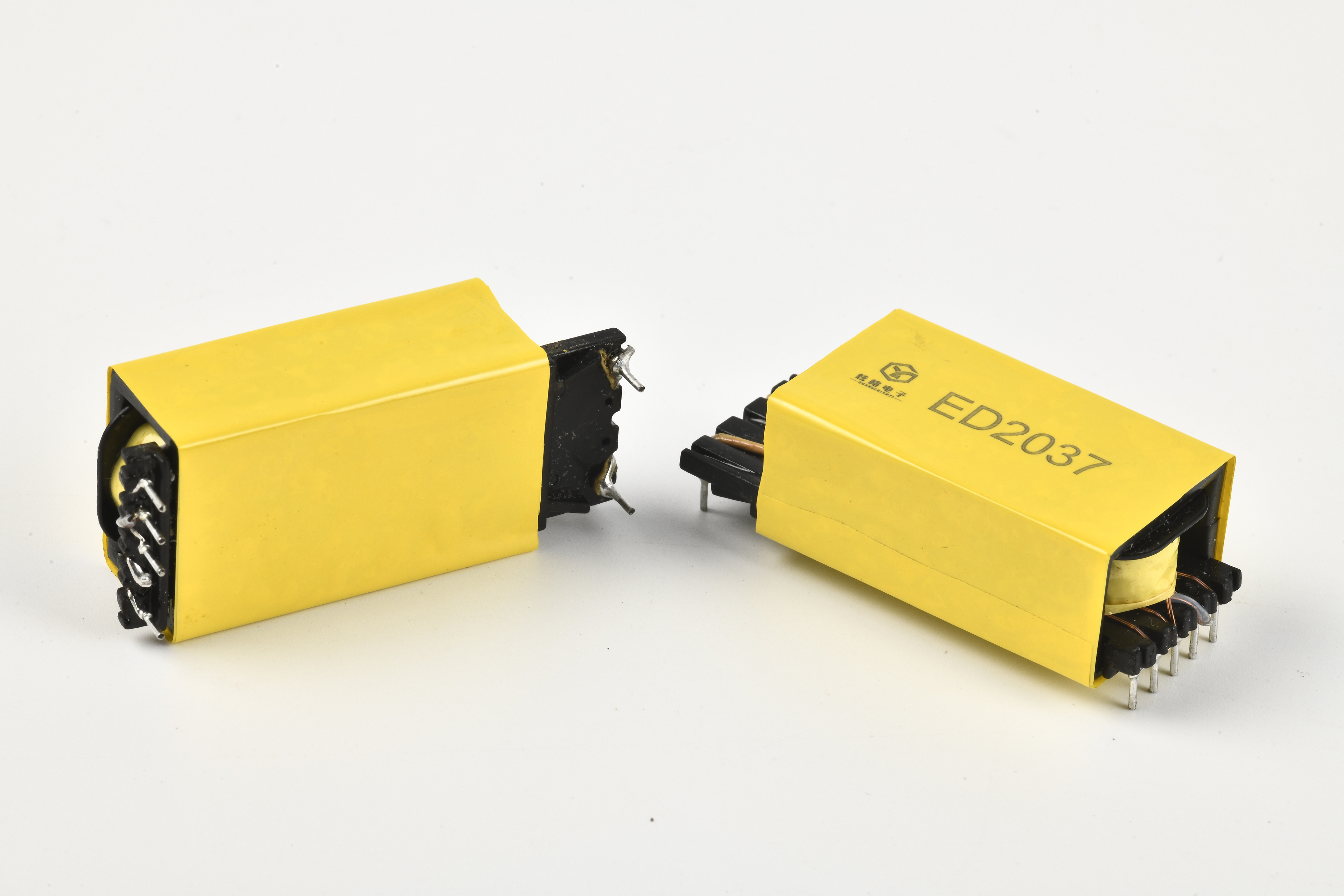
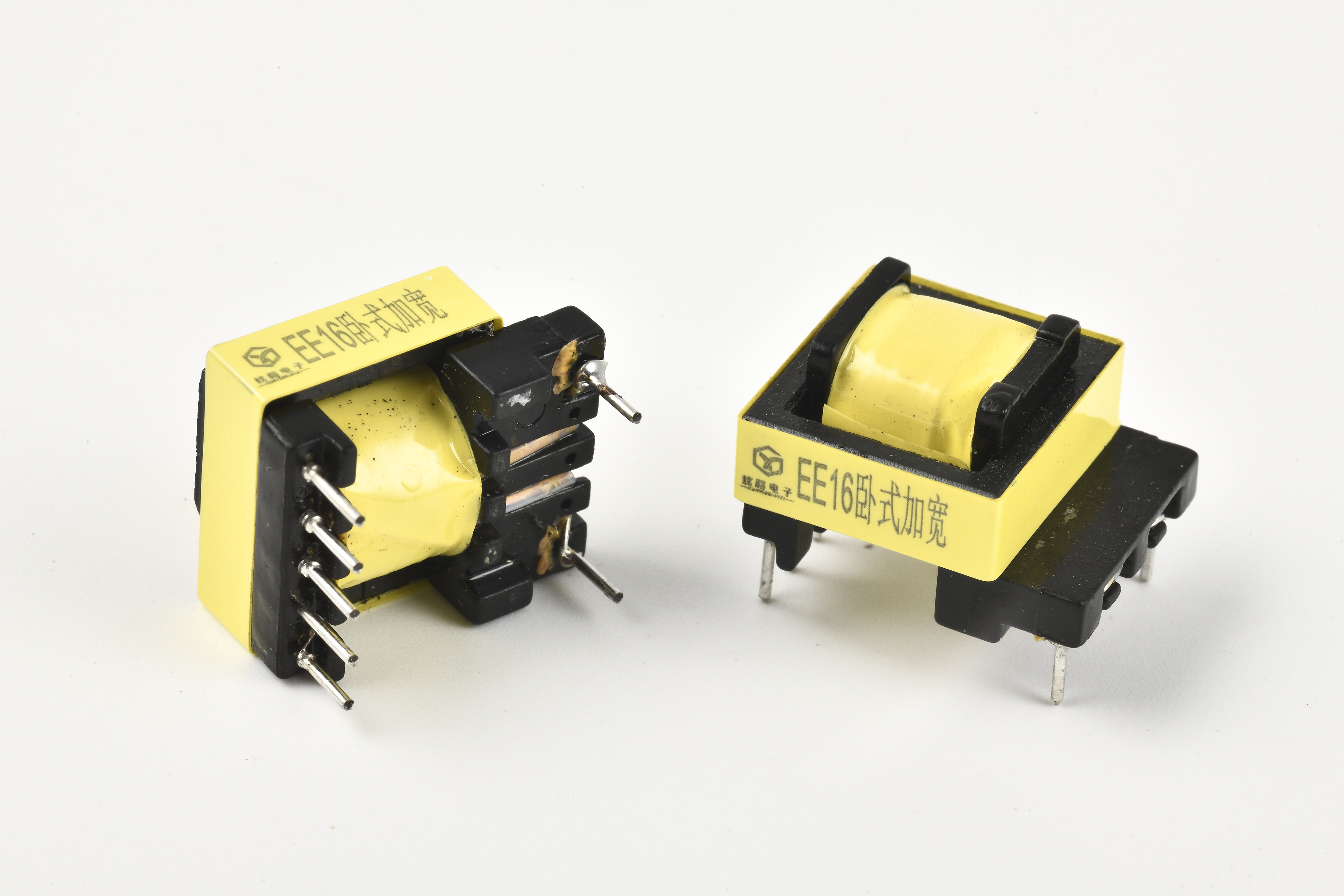
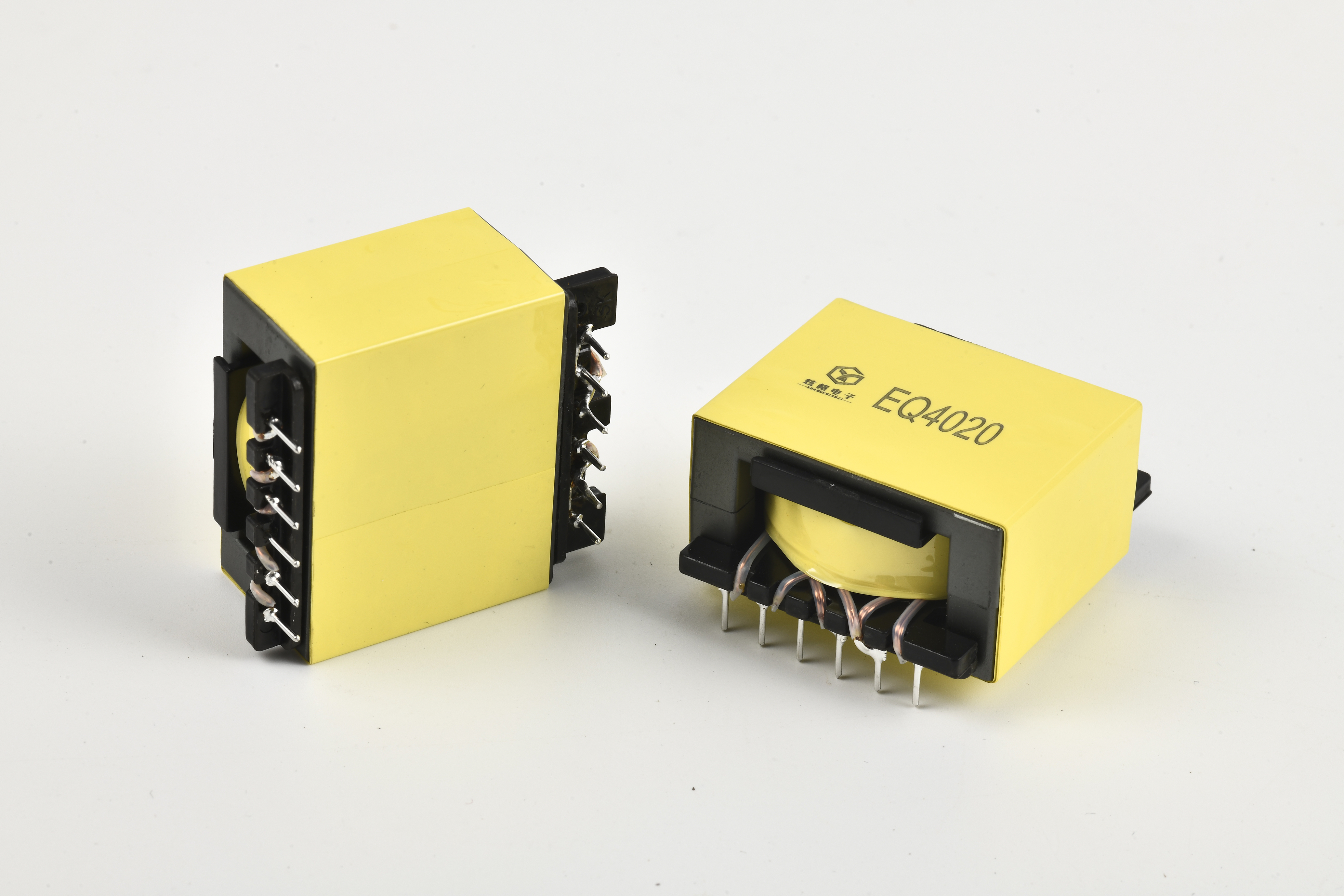
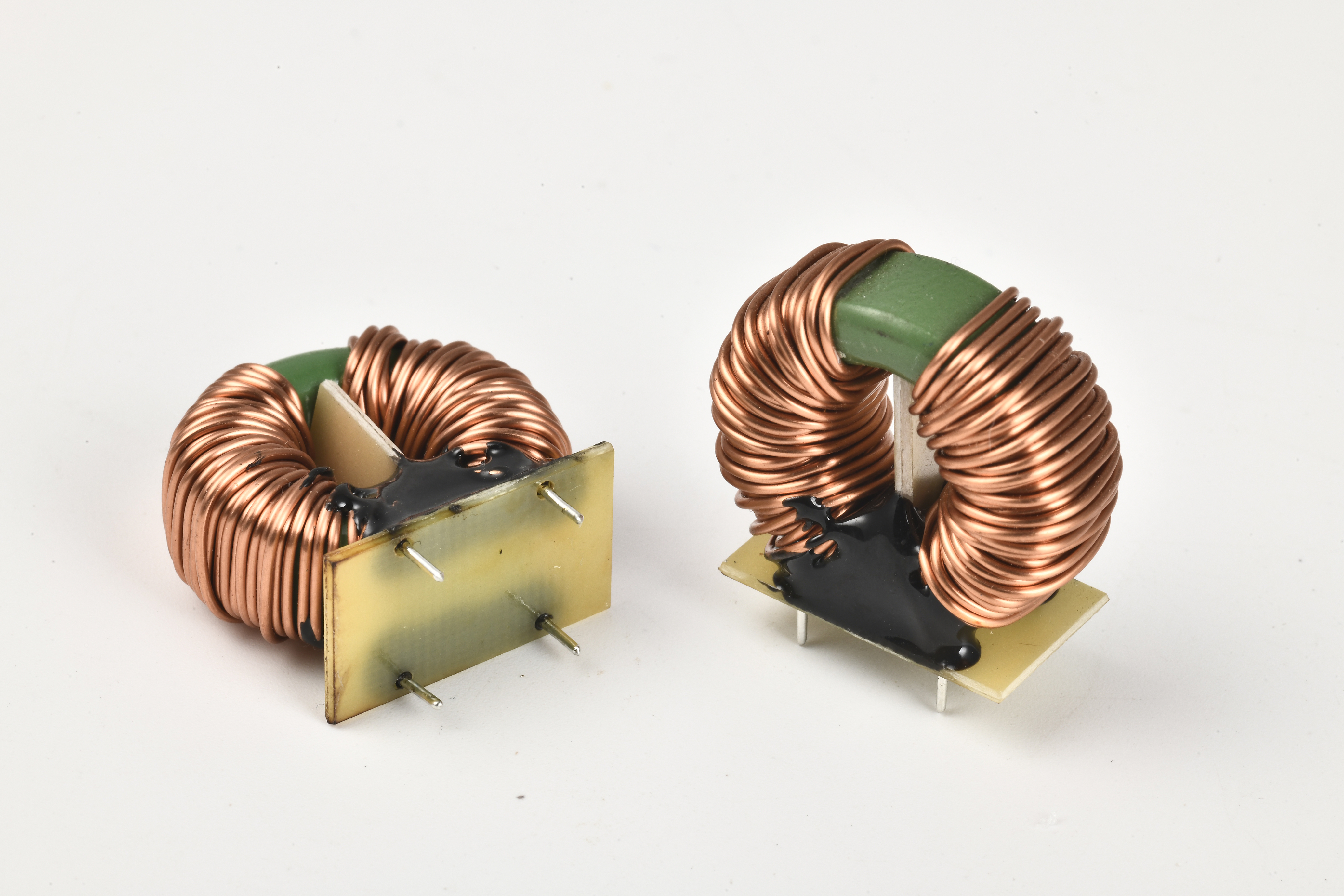
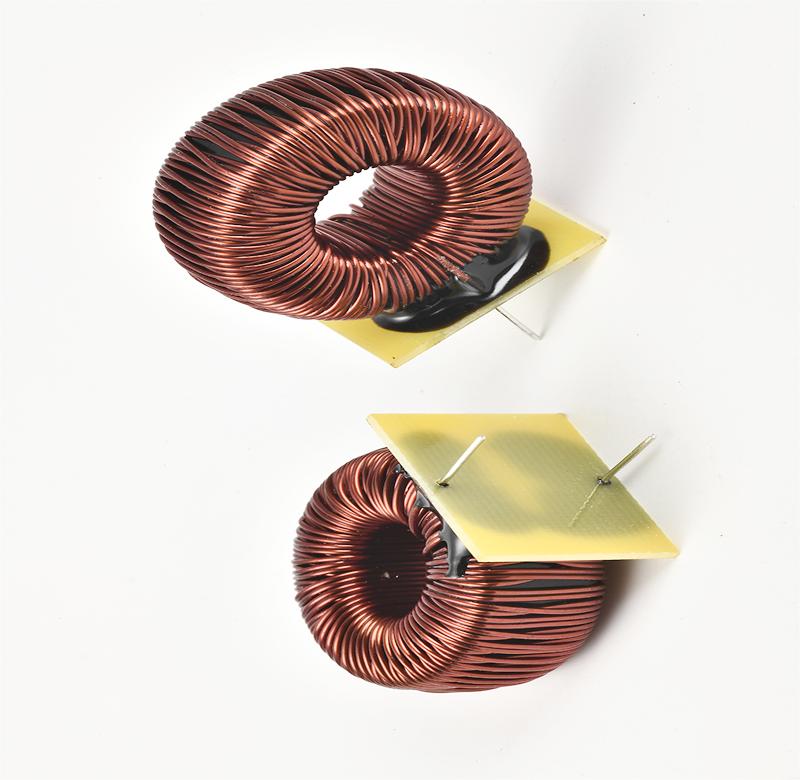
Post time: Aug-18-2023



